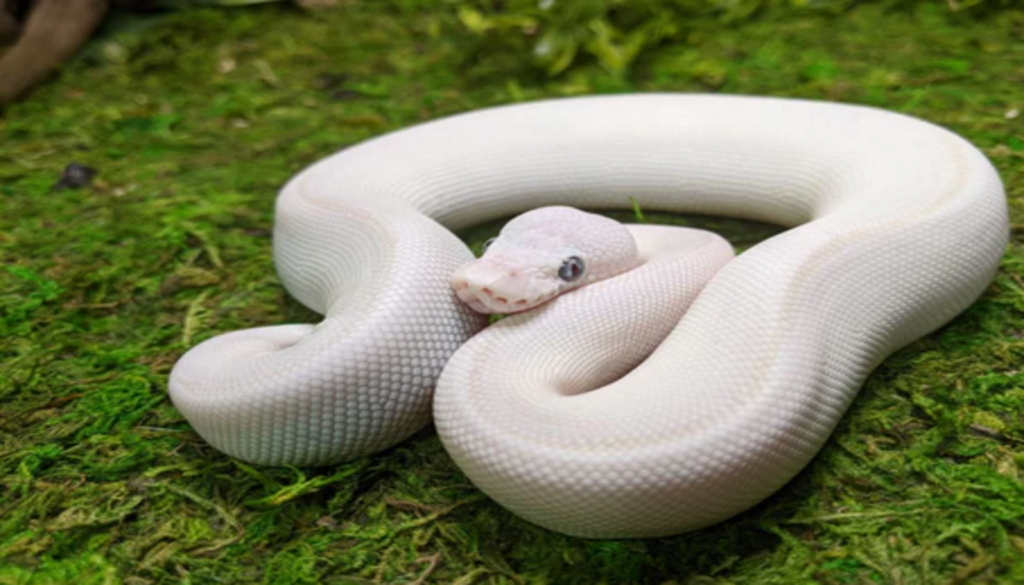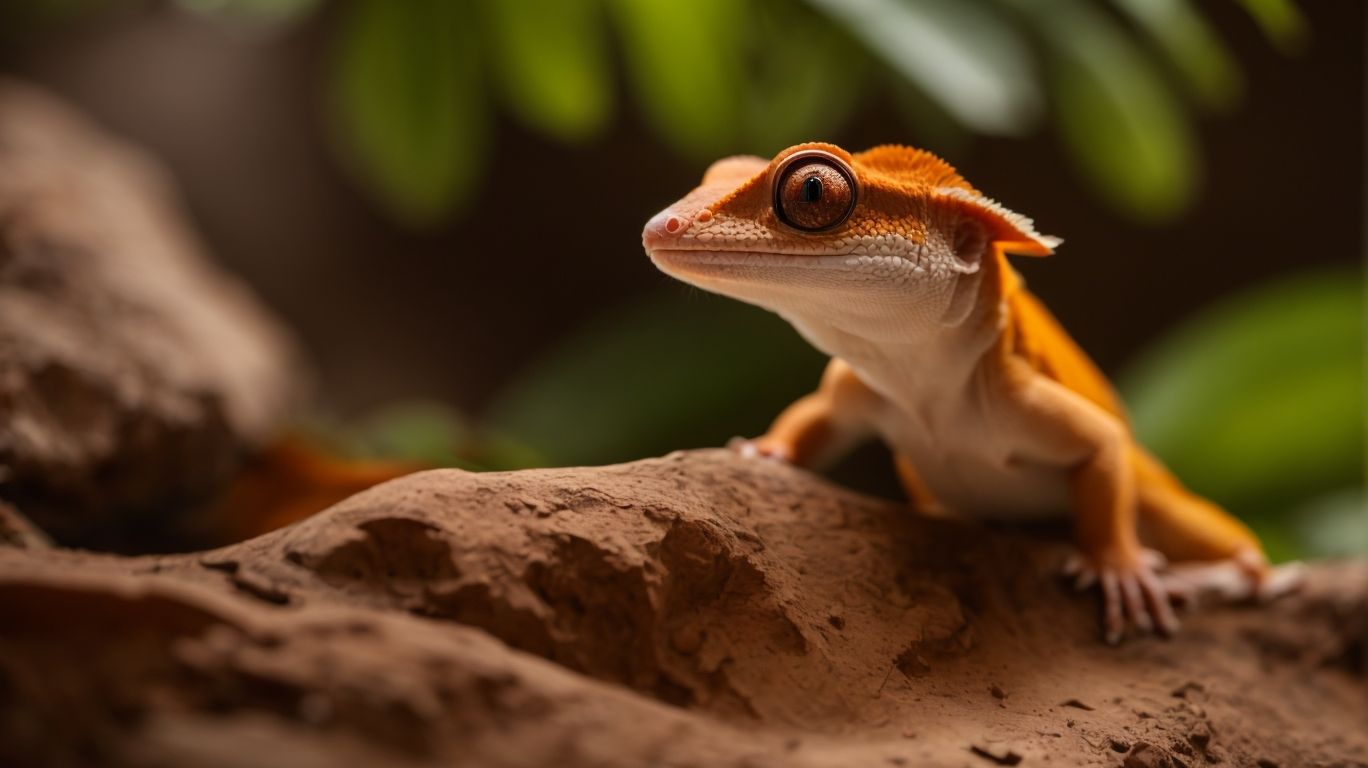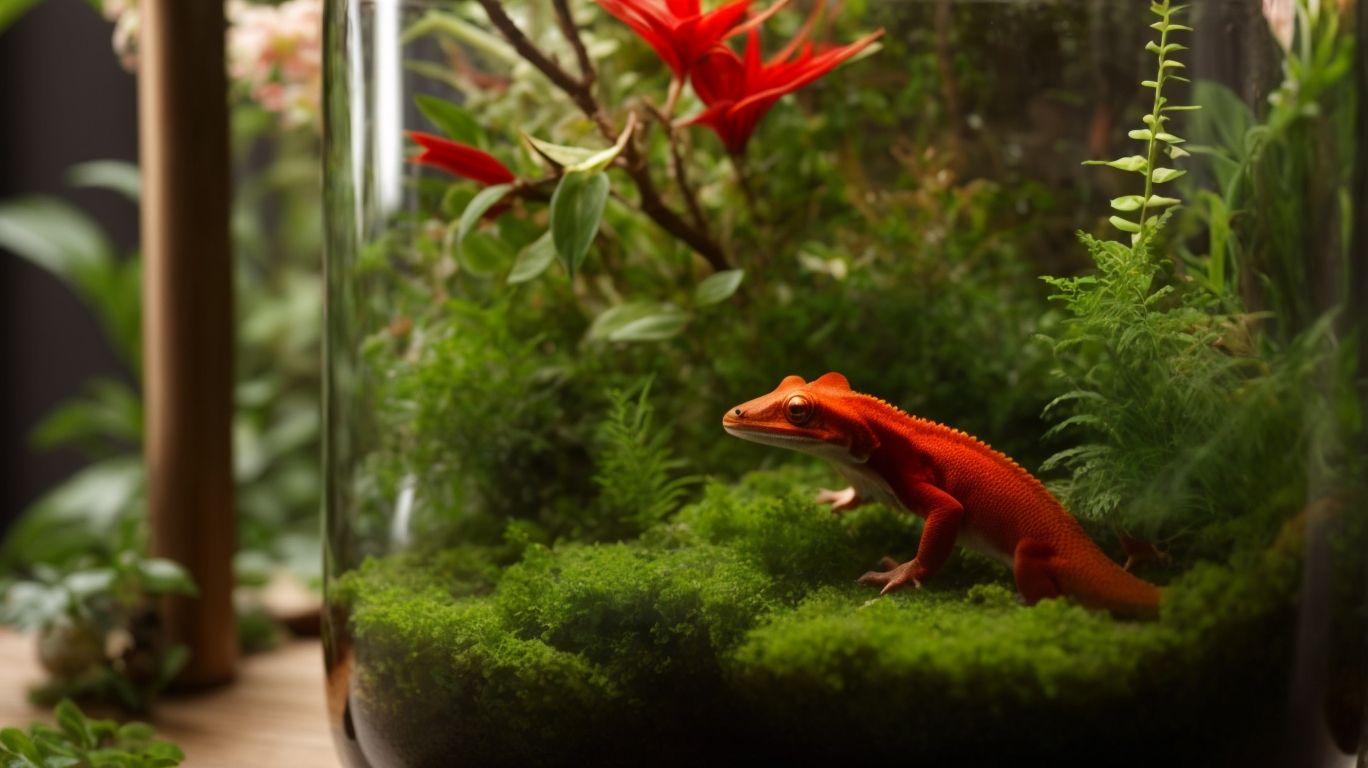
Why the Blue-Eyed Lucy Ball Python Is the Must-Have Reptile of the Year
Table of Contents
What Makes the Blue-Eyed Lucy Ball Python Unique?
The Blue-Eyed Lucy Ball Python is truly a one-of-a-kind reptile that stands out in the world of exotic pets. What sets this python apart from other ball pythons is its striking blue eyes and its unique coloration. The blue eyes of this morph are simply mesmerizing, captivating anyone who gazes into them. No other snake can boast such a stunning feature.
But it’s not just the eyes that make the Blue-Eyed Lucy Ball Python unique. Its coloration is also something to behold. This morph typically has a bright, clean white body with faint yellow undertones. The scales are smooth and glossy, giving it a sleek appearance. The contrast between the white body and the blue eyes is truly eye-catching.
Another characteristic that sets this python apart is its docile and calm temperament. While some snakes can be skittish or aggressive, the Blue-Eyed Lucy Ball Python is known for being gentle and easy to handle. This makes it a perfect choice for both beginners and experienced reptile enthusiasts.
Care and Husbandry of Blue Eye Lucy Ball Python
Taking care of a Blue-Eyed Lucy Ball Python requires attention to detail and a commitment to providing the best possible living conditions. These snakes are generally low-maintenance, but it is still essential to meet their specific needs to ensure their health and well-being.
First and foremost, you will need an appropriately sized enclosure for your python. A tank that is at least 40 gallons should be sufficient for an adult Blue-Eyed Lucy Ball Python. The enclosure should be equipped with a secure lid to prevent escapes and provide adequate ventilation. A suitable substrate, such as aspen bedding or cypress mulch, should be used for the tank floor.
Maintaining proper temperature and humidity levels is crucial for the well-being of your snake. The ambient temperature in the tank should be around 80-85°F (27-29°C) during the day, with a basking spot of 90-95°F (32-35°C). At night, the temperature can drop slightly to 75-80°F (24-27°C). Using a combination of under-tank heating pads, heat lamps, and thermostats will help you achieve and maintain these temperature ranges.
The humidity in the tank should be kept between 50-60%. You can achieve this by providing a large water bowl and regularly misting the enclosure with water. Additionally, using a hygrometer will allow you to monitor the humidity levels accurately.
Feeding and Nutrition of Blue Eyed Lucy Ball Python
Feeding and nutrition are crucial aspects of caring for a Blue-Eyed Lucy Ball Python. These beautiful reptiles require a balanced diet to maintain their health and well-being. In the wild, they primarily consume small mammals, such as mice and rats. As a pet owner, it’s essential to provide them with the same nutritional requirements.
When it comes to feeding, it is recommended to offer pre-killed or frozen-thawed prey to your snake. This not only ensures the safety of your python but also reduces the risk of injury during feeding. Young pythons may require more frequent meals, typically every 5-7 days, while adults can be fed every 7-10 days.
It’s important to note that the size of the prey should be appropriate for the size of your snake. Feeding them prey that is too large can lead to digestion problems and potential health issues. Consult with a reptile veterinarian or an experienced breeder to determine the right size of prey for your Blue-Eyed Lucy Ball Python.
In addition to the type and size of prey, it’s essential to provide a varied diet to ensure your python receives all the necessary nutrients. Consider introducing different types of prey, such as rats, mice, and chicks, to offer a well-rounded diet.
Addressing Common Health Issues in the Blue-Eyed Lucy Ball Python and Their Solutions
The Blue-Eyed Lucy Ball Python may be a stunning and sought-after reptile, but like any pet, it can still face health issues. It’s important for snake owners to be aware of common health problems that may arise and know how to address them.
One common health problem in Blue-Eyed Lucy Ball Pythons is respiratory infections. These infections can occur when the snake’s enclosure does not have proper humidity levels or if there are drafts in the environment. Symptoms of a respiratory infection may include wheezing, excessive mucus production, and difficulty breathing. If you suspect your snake has a respiratory infection, it’s important to seek veterinary care. The veterinarian may prescribe antibiotics or recommend changes in humidity levels and environmental conditions.
Another issue that can affect Blue-Eyed Lucy Ball Pythons is scale rot. Scale rot is a bacterial or fungal infection that typically occurs when the snake’s enclosure is damp or dirty. Signs of scale rot include discolored or swollen scales, and in severe cases, the snake may experience tissue necrosis. To prevent scale rot, it’s crucial to maintain a clean and dry enclosure and provide proper substrate. If scale rot does occur, it’s important to consult with a reptile veterinarian for appropriate treatment, which may involve cleaning the affected area and applying topical medications.
Breeding of The Blue-Eyed Lucy Ball Python
Breeding the Blue-Eyed Lucy Ball Python can be a rewarding and fascinating endeavor for snake enthusiasts. However, it is important to approach breeding with careful consideration and knowledge to ensure the health and well-being of the snakes involved.
The Blue-Eyed Lucy Ball Python has a unique genetic makeup, carrying the super form of the leucistic gene, which causes its white coloration and blue eyes. To breed this morph, you will need a male and a female Blue-Eyed Lucy Ball Python that are both of breeding age and in good health.
It is important to create a suitable breeding environment for the pythons. This includes providing a spacious enclosure with appropriate temperatures and humidity levels. The snakes should be gradually introduced to each other, allowing them to become familiar and comfortable with one another’s presence.
Once the snakes are ready to breed, the male will go through a process called “courtship,” where he will exhibit certain behaviors and postures to signal his interest in mating. This may include rubbing his body against the female, flicking his tongue, or curling his tail around hers. If the female is receptive, mating will occur.
After mating, the female will go through a gestation period of approximately 28-30 days. She will then lay a clutch of eggs, usually ranging from 6-12 eggs, which she will incubate for approximately 60-70 days. It is important to provide a suitable incubation environment to ensure the successful hatching of the eggs.
Once the eggs have hatched, the hatchlings should be separated into individual enclosures to prevent cannibalism or aggression. They will need appropriate care and feeding to ensure their healthy growth and development.
Handling and Bonding with Your Snake
Handling and bonding with your Blue-Eyed Lucy Ball Python is a crucial aspect of owning this incredible reptile. Building a bond with your snake not only allows you to have a more interactive and rewarding pet experience but also helps ensure their well-being and happiness.
When it comes to handling your Blue-Eyed Lucy Ball Python, it’s important to approach it with patience and respect. Snakes are sensitive creatures and can easily become stressed if mishandled or forced into uncomfortable situations. Start by gently picking up your snake, supporting its body and allowing it to coil around your hand or arm. Avoid sudden movements or squeezing, as this can cause your snake to feel threatened.
It’s also essential to provide a safe and comfortable environment for handling sessions. Make sure the room is quiet and free from any potential distractions or dangers. Always wash your hands before and after handling your snake to prevent the transfer of any harmful bacteria.
In terms of bonding, spend regular, consistent time with your Blue-Eyed Lucy Ball Python. This can include handling sessions, as well as simply observing your snake in its enclosure. Talk to your snake in a calm and soothing voice to help them become familiar with your presence. Be patient and allow your snake to approach you on its own terms.
Frequently Asked Questions About The Blue-Eyed Lucy Ball Python
Are you curious about the Blue-Eyed Lucy Ball Python? We’ve compiled a list of frequently asked questions to help you learn more about this fascinating reptile:
- Q: What is the Blue-Eyed Lucy Ball Python’s temperament like?
A: Blue-Eyed Lucy Ball Pythons are known for their calm and docile nature. They are generally easy to handle and make great pets for beginners. - Q: How big do Blue-Eyed Lucy Ball Pythons get?
A: Adult Blue-Eyed Lucy Ball Pythons can reach lengths of 3-5 feet, with females being slightly larger than males. - Q: How often do Blue-Eyed Lucy Ball Pythons shed their skin?
A: These pythons typically shed their skin every 4-6 weeks, depending on their growth rate and overall health. - Q: Can Blue-Eyed Lucy Ball Pythons be kept together in the same enclosure?
A: It is generally not recommended to house multiple Blue-Eyed Lucy Ball Pythons together, as they may become territorial and aggressive towards each other. - Q: Do Blue-Eyed Lucy Ball Pythons require any special care?
A: Blue-Eyed Lucy Ball Pythons thrive with basic care: a proper enclosure, optimal temperature/humidity, hiding spot, and regular feeding of appropriately sized prey. Ensure cleanliness, regular vet check-ups, and socialization for their well-being. Owning any pet demands responsibility; thorough research on care requirements is essential before bringing one home.
Related Posts

Incubating Crested Gecko Eggs: Essential Techniques and Tips
Crested geckos are fascinating reptiles that are known for their…

Red Crested Gecko Health: Common Issues and Preventive Care
Are you a proud owner of a red crested gecko?…

Creating the Ideal Environment for Your Red Crested Gecko
Do you own a red crested gecko or are you…

No Comments